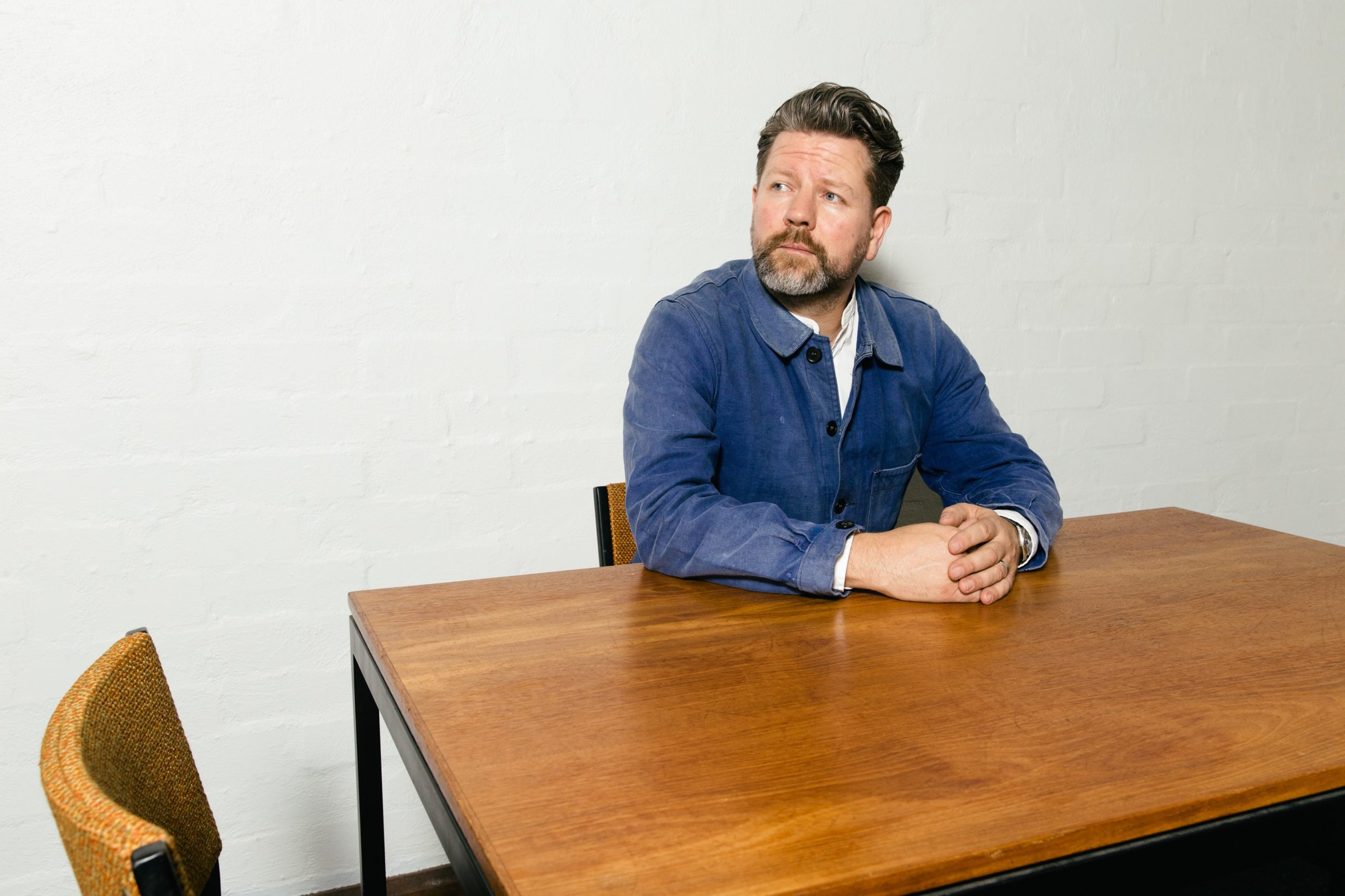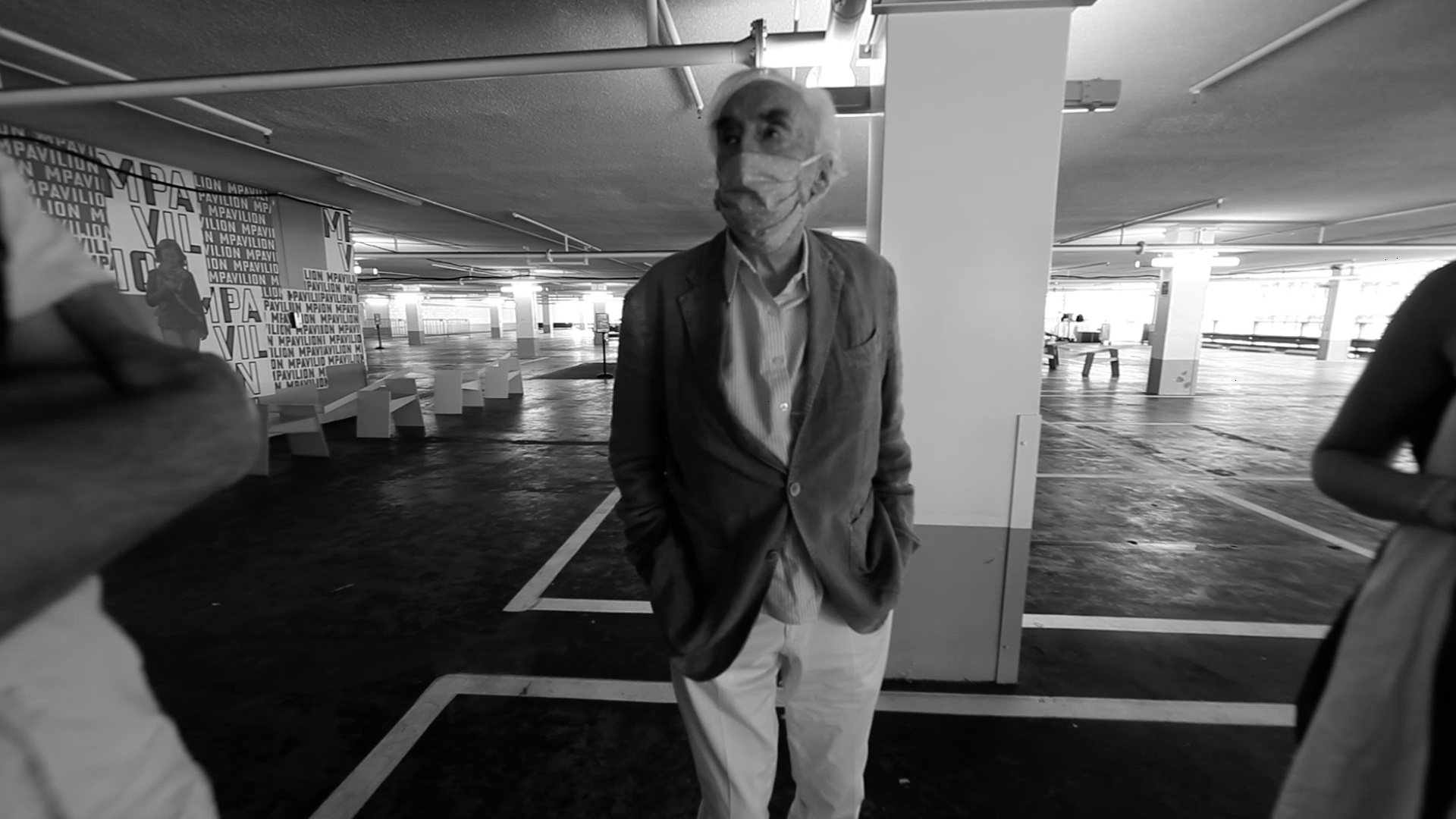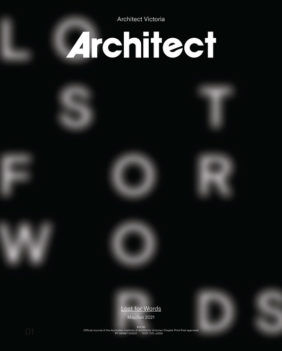Humour is a universal language

During an interview with architect Peter McIntyre (2018) for the Modern Melbourne series, his admiration for one of Australia’s most notable public architectural critics Robin Boyd was palpable, ‘Boyd’s writings in The Age were inspirational. Melbourne just waited for his Monday morning article. It was so beautiful. But he wasn’t without critics.’ McIntyre recounted how:
‘Boyd would draw sketches of modern houses and say how they work and so forth. And I do remember the occasion when somebody wrote in and said, that house that you published, it’s not really fit to be a house. It’s more like a hen’s house. The following week, he wrote the most critical article. And the heading was A Hen’s House is Not Always a Fowl House. He was so witty. He was absolutely, unbelievably witty. He could convey the message brilliantly.’
Our discussion brought into sharp focus two strategies that Boyd deployed to create meaningful public engagement with architecture through the written word: he created a vital feedback loop through his writing in The Age from 1948, inviting readers to ‘critique the critic’, voicing their opinion on the latest housing design printed in the paper’s pages; and he deployed humour to create a common or shared language that resonated with a popular audience.
Boyd encouraged written dialogue between the profession and the public, providing an opportunity for the profession to listen (if they were paying attention) to public opinion and gain a deeper societal awareness of what Australians valued in their homes, their streets, and their suburbs. However, we haven’t had a Boyd for a generation in Australia, partly because the role of public-interest architectural journalism has been decimated and partly because of the increasingly litigious nature of our society – and resultant fear of public critique.
I recently spoke with Christopher Hawthorne, who was the architecture critic for the Los Angeles Times (2004 —2018) before taking on the inaugural posting of Chief Design Officer for the City of Los Angeles. What struck me about our discussion was the important role he played and continues to play as a design translator. Not only have we not had a Boyd, but we have also not even had a Hawthorne in past decades within Australia – a design translator who interrogates the transformation of our cities through the pages of a popular daily paper that reaches a great diversity of readers.
But perhaps we have moved beyond the need for one authoritative voice in our pages when the voice of many can be heard across the new communication landscape of podcasts, social media, and on-demand TV, and are represented by a new generation of design commentators and even entertainers.
Tim Ross (aka Rosso) is a modern-day master at connecting audiences to deeper design issues through the use of humour. A strange breed of comedian, activist and design aficionado, Ross has a natural bent towards Australia’s architecture of yesteryear, with his Man About the House series located in some of our finest modernist treasures. But ABC’s Streets Of Your Town (2016) punched past modernism to consider the aesthetics of our suburbs including our recent obsession with McMansions, the largest houses by square metre in the world.
Take Ross’ Streets Of Your Town interview with a couple who have a lot of love for their oversized McMansion in Melbourne’s suburbia, reflecting on the convenience of their drive-in existence.
Tim Ross: Do you actually use your front door at all?
Couple being interviewed (who look perplexed by the question): No.
The tone may be light and lacking in critical review of the issues inherent in the modernist movement he is so fond of. Still, Ross’ approach has serious undertones, and he has been awarded the National Trust Heritage Award for Advocacy (2018) and the National President’s Prize from the Australian Institute of Architects (2019) for his significant contribution to Australian architecture.
However, Ross’ approach to inspiring everyday Australians to appreciate our rich design heritage is far out shadowed by the plethora of renovation reality television, shows which suck the air out of smart debate and dumb-down design discussions. Maximising capital growth is thinly veiled in a veneer of ‘interior design’ and ‘architectural features’ and documenting a contestant’s selection of crappy counterfeit lighting for the 50-square-metre butler’s pantry is as sophisticated as it gets.
Advocates and drum bangers need to tread carefully so as not to alienate audiences when interrogating popular taste and preferences, and Rosso walks a very fine line. Instagram accounts such as @uglymelbournehouses stomp all over said fine line, calling out houses and developments of questionable taste and quality with scathing and hilarious comments, much to the chagrin of the owners or developers. While not created as an advocacy platform in the traditional sense, these accounts do inch their followers closer to understanding the persistent flaws in much of our suburban residential development, while inviting non-experts to have a say about their changing neighbourhoods.
Social media can be dangerous territory when seeking to better understand societal views, as the blood sport that is social media commentary and 1-star Google reviews can, at times, dominate what would be a valuable tool for engagement and inciting curiosity in its viewers. However, public debate is important to harness.

In early 2018, Open House Melbourne hosted a free public debate (hosted in public space) about the most contentious issue facing Melbourne’s civic heart at the time: Apple moving into Federation Square. The state government decision to demolish the Yarra Building to make way for a holier-than-thou Apple Store included zero public consultation and the announcement rolled out under the cover of Christmas holidays.
The purpose of the debate was to make the decision by the Victorian government more public and to provide a diversity of views in real time, instead of relying on the echo chamber of opinion that is social media. Face time not FaceTime. And although the tone was serious, there were some entertaining moves by debaters, once again illustrating how humour can bridge across the divide.
The debate was one cog in a campaign that resulted in Apple pulling out of the deal, a campaign that demonstrated public opinion does matter, and people feel very strongly about place. Did Boyd’s writing ever mobilise people to affect real change in their city such as this example?
What is clear is that the challenges of our time are immense, with the context of rapid climate change, and the social effects of pandemic at the forefront of our minds. More than ever, we need design translators who can engage the public on intrinsic values and around the pivotal role of design in enabling improved quality of life.
There is a need to find a common ground with people in an industry increasingly distant from those it serves, and humour can be that ground – warming up the room for deeper design discussion. No one communication platform can offer an answer, rather there is a need for clarity and accessibility of messages across the spectrum, from public programming to social media. New, diverse voices should be given opportunity to contribute to our discourse on cities.
Ultimately, at a time where negativity fatigue is a risk, we need to construct collective and positive – if not a touch funny – messages about a better built future, enabled through design.
Emma Telfer is Director, Culture and Strategy at Assemble, a housing developer and publisher of Assemble Papers on a mission to make thoughtfully designed, sustainable homes more accessible to more people. Prior to Assemble, she was at the helm of Open House Melbourne, a public architecture organisation and registered charity that works to improve design literacy.




